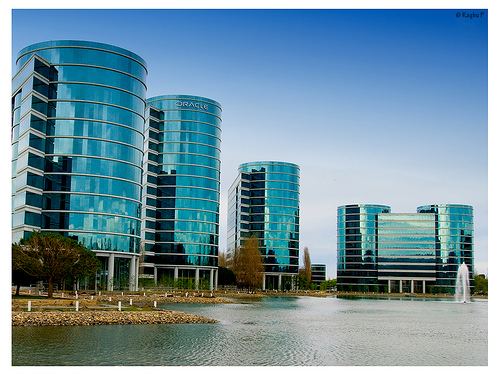
Operating outside the legal jurisdiction of their home state, some multinationals violate human rights or damage the environment in ways that are illegal in their own countries: selling elsewhere what can’t be sold at home.
Swiss agribusiness firm Syngenta’s code of conduct commits it to acting in accordance with “the highest standards of ethics and integrity.” Yet it also sells the highly toxic herbicide Paraquat – forbidden in Switzerland for more than two decades – to developing countries. The consequences are grave: Plantation workers are suffering from skin diseases, poisoning or blindness, and are at greater risk of developing skin cancer or Parkinson’s disease.
Sadly, Syngenta is just one of many examples. The progression of globalization has led to an immense expansion of multinational corporations around the world. As our alternative map of South America highlighted, corporations these days are often bigger economic entities than states themselves. Multi- and trans-national corporations are on the winning side of globalization – but doesn’t power also bring responsibilities along with it? What about the environment and rights of unskilled workers in developing countries?
Business ethicists have tried to address these issues with the concept of corporate social responsibility (CSR). CSR stresses corporate self-regulation and is a voluntary commitment on the part of companies to contribute to sustainable economic, environmental and social development. Such codes of conduct have added to an increased awareness about the responsibilities of firms in doing business – and helped broaden consumer understanding about the implications of their purchase choice.
